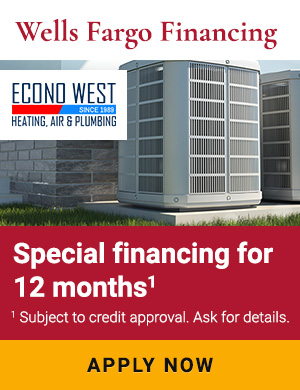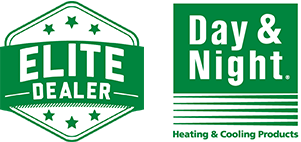
Is Furnace Exhaust Getting Sucked into Your Home?
Odd quirk in new construction could be putting your health at risk.

This is often provided by a system known as an HRV or heat recovery ventilator, though the same basic system may also be called by a variety of other names such as air exchanger, whole house ventilator, or air-to-air heat exchanger.
By any name, this system is essential for providing fresh air to the home. It is better than simply opening a window for several reasons. First of all, it includes filtration to prevent outdoor allergens such as pollen from getting into the home. Secondly, it includes a heat exchanger so that you are not introducing cold air to your cozy warm home in the wintertime.
However, if your HRV has been installed improperly, it could be sucking furnace exhaust straight back into your home, actually contaminating your indoor air rather than helping to clean and freshen it.
Here’s how to check if your HRV might have this problem:
- Go outside and located your HRV vents. They are most likely located right beside your air conditioner.
- Check the intake vent. Is it dirty? This is typical. Don’t worry about it.
- Check the exhaust vent. Is it dirty? It shouldn’t be. Now you should worry.
Here’s what is probably happening: the furnace blower is running but the HRV is not. Whenever this happens, it is possible for air to be sucked in through the HRV exhaust vent. And because in most homes the HRV exhaust vent is placed right next to the furnace exhaust vent, this means you are not getting clean air. Best case scenario, you might be getting dusty, dirty air. Worst case scenario, you could be getting carbon monoxide and other exhaust fumes.
If you want to verify that this is what is occurring, go ahead and turn your HRV off and turn the furnace blower on. You should be able to see and feel the air going in through both the HRV intake and exhaust vents.
How to Prevent Contamination Through the HRV Vent
Your HRV may have originally had a motorized damper designed to prevent backdrafting, but this component has broken. If this is the case, you may just need to repair or replace the part. Other systems may have never had a damper, but one could easily be installed in the exhaust terminal to prevent backdrafts and keep your indoor air quality high.


